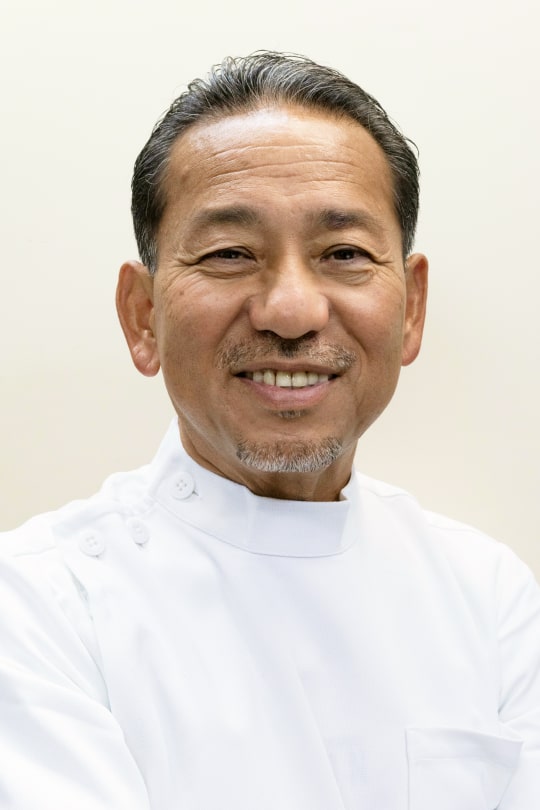A stye is a purulent inflammation caused by bacterial infection or accumulation of secretions in the glands that secrete sweat and oil in the eyelids. Depending on the cause, they can be divided into styes and chalazions. This article explains the symptoms, treatments, and costs for each type.
table of contents
【東京・池袋】ものもらいの原因や症状・治療方法・費用・注意点などを徹底解説
What is a stye?

A stye is a purulent inflammation caused by bacteria infection or accumulation of secretions in the glands that secrete sweat and oil in the eyelids. There are two types: "hordeolum" and "chalazion." Depending on the region, it may also be called by other names such as "mebachiko" or "meibo."
Causes of styes
There are two main causes of styes: bacterial infection and clogged meibomian glands.
One caused by bacterial infection is called a "styloidea," and one caused by a blockage is called a "chalazion."
Symptoms of a stye
Styes are divided into styes and chalazions depending on the cause. Although the symptoms are different, there are some common symptoms for both.
Common main symptoms
- To suppurate
- Itchy eyes
- There is a lumpy foreign body sensation
- Red and swollen eyelids
- Eye discharge
- Bloodshot and red eyes
If you have any of the above symptoms, you may have a stye.
Stye
Stye is caused by infection with bacteria such as Staphylococcus aureus and Propionibacterium acnes. These bacteria are "common bacteria" that are always present around the human body, and normally do not infect the body. However, if the body is weakened due to stress, lack of sleep, or malnutrition, or if there is an injury around the eye, it can become infected.
A sty not only causes swelling, but can also be painful.
Chalazion
Chalazions occur when the meibomian glands are blocked. Meibomian glands are small glands that secrete oil to prevent tears from evaporating and are lined up on the edge of the eyelids. When the meibomian glands are blocked, the secretions are not secreted normally and accumulate inside, forming lumps.
Chalazions are also swollen, but usually not painful.
Flow of stye treatment
The treatment process for a stye is as follows:
consultation
A doctor will diagnose the type and cause of your stye and determine the appropriate treatment. There are several treatments available for styes, including eye drops, oral medications, ointments, and surgery.
treat
We treat stye by prescribing medicine and performing incision surgery. If the symptoms are mild, it will take about a week to heal completely, but if it is severe, it may take several months.
observation
After treatment, you will be monitored for a certain period of time to see if the condition recurs.
Complete recovery
If there is no recurrence over time, then it is cured.
Sty incision surgery at our hospital
Even when treating styes, if the symptoms are severe (if the lump is large), an incision may be required. A small incision is made and the lump is removed through the incision.
You may feel uneasy about having an incision made so close to your eye, but at our clinic, the director also performs incision surgery, so please feel free to consult us.
How to prevent styes
You can help prevent styes to some extent by doing the following three things:
In particular, good hygiene and boosting your immune system are recommended as they can help prevent illnesses other than styes.
Hot towels
In the case of a chalazion, warming the area with a hot towel or similar will dissolve the oil and loosen the blockage.
However, in some cases it may be better to cool the affected area when treating a stye, so be sure to consult a doctor before doing so.
Keep your eyes clean
You can also prevent styes by keeping the area around your eyes clean by washing your face and using eye drops. Also, if you are going to touch your eyes to put in contact lenses or apply makeup, make sure your hands are clean beforehand.
Improve immune function
You can prevent styes by boosting your immune system. Here are some ways to do so:
- Get enough sleep
- Get enough nutrition
- Release stress appropriately
- Living with the right posture
- Establish a regular routine
- Taking supplements
Things to be careful about when you have a stye
When you have a stye, try not to touch the affected area carelessly. When you have a stye, your eye may become itchy or you may feel a foreign body in your eye, so you may feel the urge to touch it. However, irritating the affected area may actually make the condition worse.
Also, during treatment, avoid spicy foods, shellfish, alcohol, etc., and wear glasses instead of contact lenses.
If you are continuing treatment but are not seeing results, it may be that the medication you are taking is not suitable for you. Consult your doctor.
【東京・池袋】ものもらいの原因や症状・治療方法・費用・注意点などを徹底解説の治療に関するよくある質問
Can stye surgery be done on an outpatient basis?
Day treatment is possible.
Is stye surgery available on weekends?
Treatment rooms are often fully booked on weekends, so appointments may need to be scheduled on another day.
Is stye surgery painful?
Since this is a procedure on the skin, anesthesia is administered via injection.
You will feel a slight pressure during the procedure, but there will be no sharp pain.



